Northampton museum funded by sale of statue to reopen in July
- Published

The work on the Northampton Museum and Art Gallery began in 2018
A museum which has had a £6.7m refurbishment funded by the controversial sale of a 4,000-year-old Egyptian statue is due to open in July.
Northampton Museum and Art Gallery has more than doubled in size since work began in 2018.
The project has been paid for by the £16m sale of the Egyptian Sekhemka statue, by the now-defunct Northampton Borough Council in 2014.
Nick Gordon of the museum said it would "explore the town's rich history".
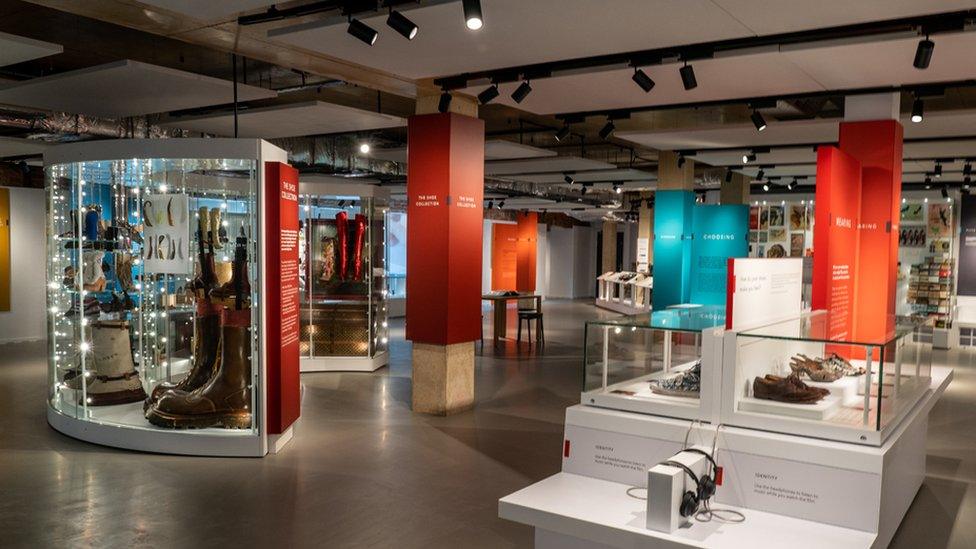
The museum will be home to the "internationally important" shoe collection
The project was delayed for two years after asbestos was discovered in the building.
West Northamptonshire Council, which replaced Northampton Borough Council earlier this year, said the pandemic also delayed the museum's opening.
The museum will have an expanded shop, a new sale gallery and a new shoe gallery showcasing its shoe collection and the town's shoemaking heritage.
Mr Gordon, cultural services manager at West Northamptonshire Council, said the opening on 10 July was ahead of the school summer break "to meet peak demand".
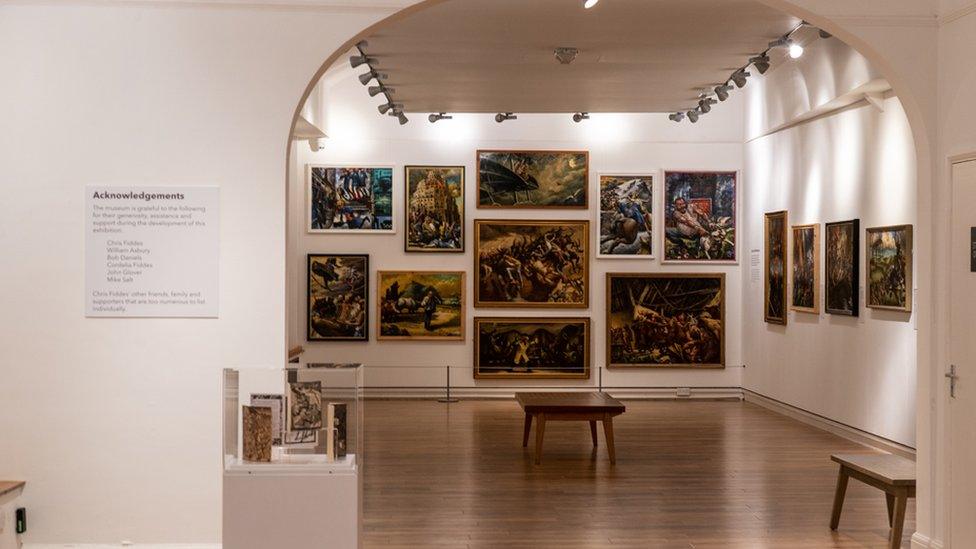
The museum will host an exhibition from renowned Northamptonshire artist Chris Fiddes
He said the museum was a "significant addition to the area's cultural life".
Mr Gordon said it was a "focal point" in Northampton's Cultural Quarter, which includes the NN Contemporary Art Gallery, the Royal and Derngate Theatre, and the Vulcan Works which is expected to open by October.

What is Sekhemka?
Described by the auction house Christie's as "an exceptional Egyptian painted limestone statue for the Inspector of the Scribes Sekhemka", it features a bare-chested, seated figure
It dates from circa 2,400-2,300BC and is probably from the Royal Cemeteries in Saqqara
The statue features his kneeling wife and a man - most probably his son - in raised relief, along with a ceremonial procession of men carrying duck, geese, a calf, lotus flowers and incense
It was acquired by the 2nd Marquess of Northampton in Egypt in about 1850 and presented to Northampton Museum by one of his sons
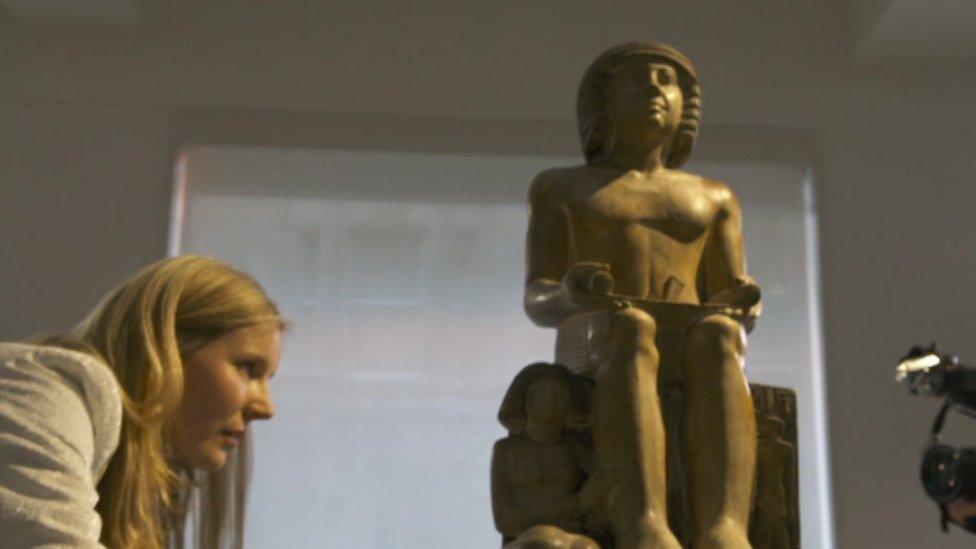
Source: Christie's

The sale of the Sekhemka statue attracted criticism, and even a change in the code of ethics issued to museums. The council made about £8m from the sale.
The museum had its accreditation withdrawn, leaving it ineligible for some grants, after the sale.
It has now reapplied to the Arts Council for accreditation, external, and currently has a "Working Towards Accreditation" status.

Find BBC News: East of England on Facebook, external, Instagram, external and Twitter, external. If you have a story suggestion email eastofenglandnews@bbc.co.uk, external
Related topics
- Published17 July 2019
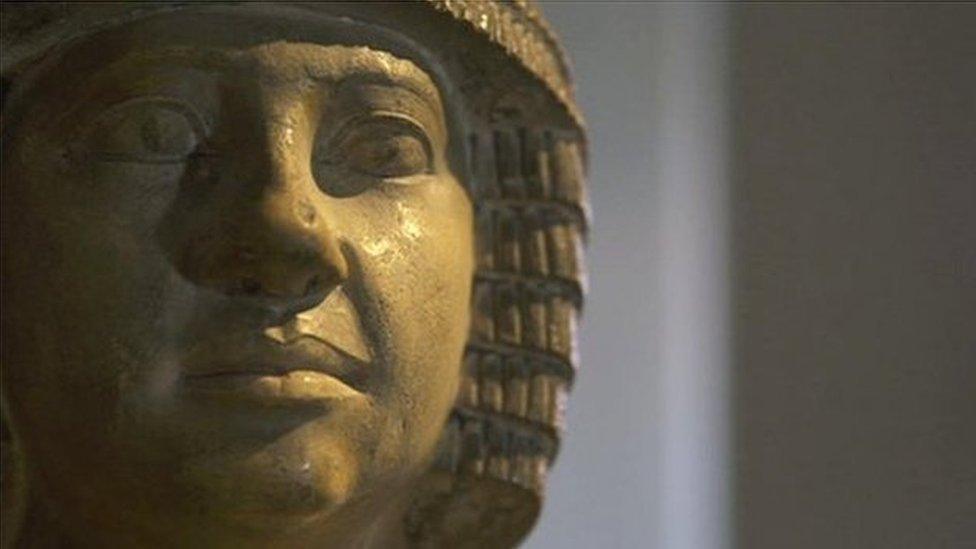
- Published4 January 2019
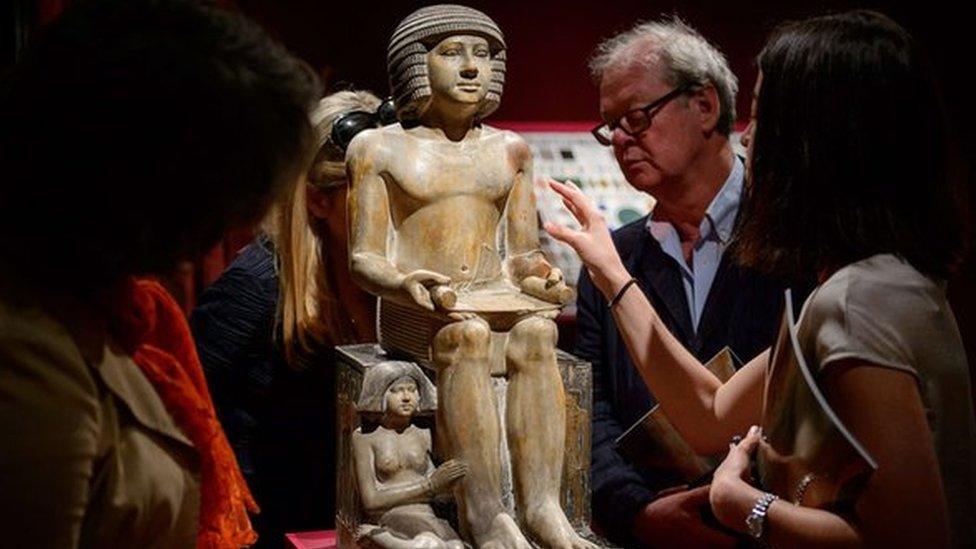
- Published13 September 2018
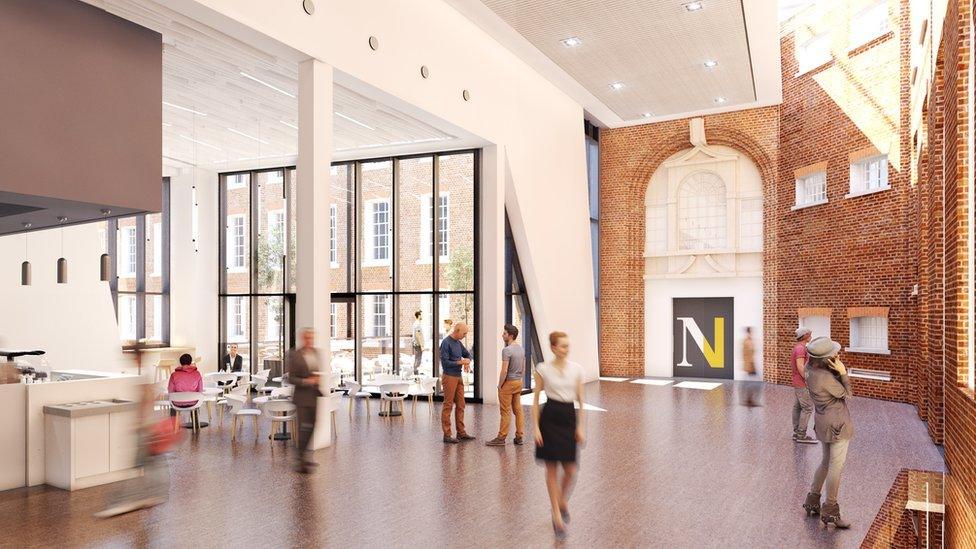
- Published5 September 2017
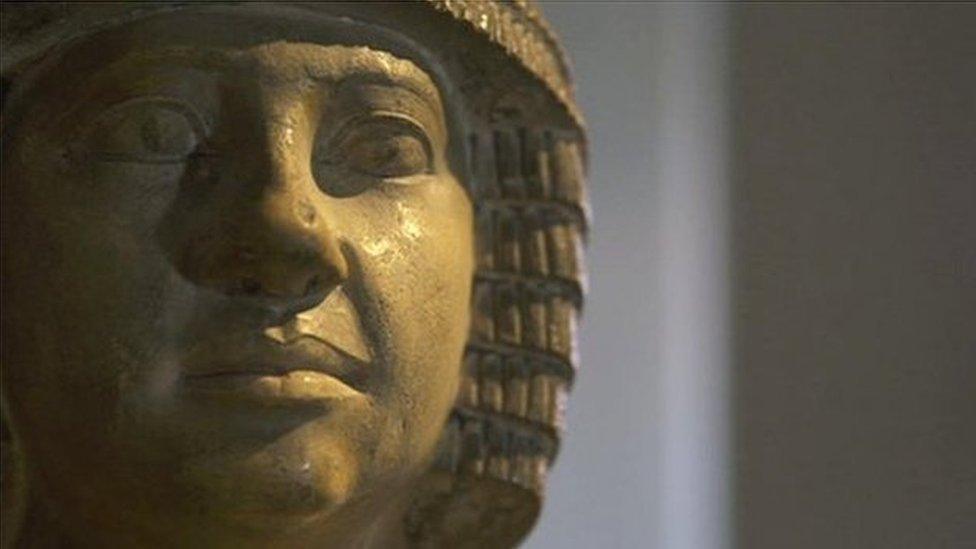
- Published15 October 2016

- Published1 October 2016

- Published28 January 2016
